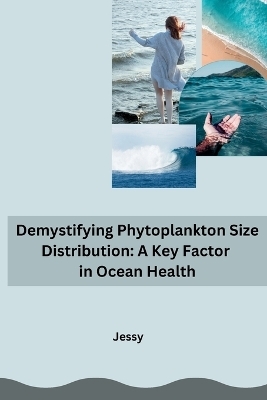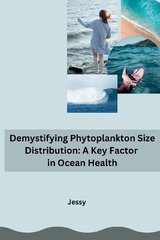Demystifying Phytoplankton Size Distribution: A Key Factor in Ocean Health
tredition (Verlag)
978-3-384-24063-7 (ISBN)
Dr. Jessy, for your Adolescent Psychology course, I propose "Teen Brain: Primed for Addiction." This book explores the science behind why teenagers are more susceptible to addiction. We'll delve into the unique development of the teenage brain, particularly the reward system and prefrontal cortex, which make teens more likely to seek out rewarding experiences and struggle with resisting urges. "Teen Brain" goes beyond biology, analyzing social and environmental factors like peer pressure and technology access that can further heighten risk. This book isn't just about the problem. By understanding how the teenage brain is "primed for addiction," we can empower parents, educators, and mental health professionals with the knowledge and tools to prevent addiction and promote healthy coping mechanisms in adolescents. "Teen Brain" is a valuable resource for anyone who works with teenagers or wants to understand the complex link between brain development, addiction, and adolescent behavior.
| Erscheint lt. Verlag | 27.5.2024 |
|---|---|
| Verlagsort | bowling city |
| Sprache | englisch |
| Maße | 155 x 234 mm |
| Gewicht | 149 g |
| Themenwelt | Sachbuch/Ratgeber ► Natur / Technik ► Natur / Ökologie |
| Naturwissenschaften ► Biologie ► Ökologie / Naturschutz | |
| Schlagworte | Carbon Sequestration • Climate change impacts • Climate Change Mitigation • Environmental Health • Food web dynamics • Marine Ecology • marine science • Ocean biogeochemistry • ocean sustainability • Plankton functional types • Primary productivity • Remote sensing of phytoplankton |
| ISBN-10 | 3-384-24063-4 / 3384240634 |
| ISBN-13 | 978-3-384-24063-7 / 9783384240637 |
| Zustand | Neuware |
| Haben Sie eine Frage zum Produkt? |
aus dem Bereich




